Sort:
The average pro reviews rating is 8.3 / 10, based on the 15 reviews.
How we do it
We humanly agregate professional reviews from a number of high quality sites. This way, we are giving you a quick way to see the average rating and save you the need to search the reviews on your own. You want to share a professional review you like?



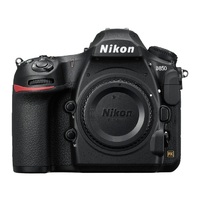
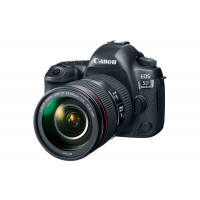

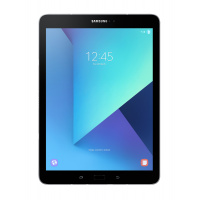
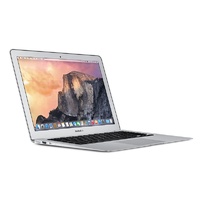












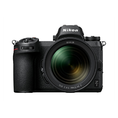











xbitlabs‘s review Edit Like Unlike
Mar 02, 2013
HEXUS‘s review Edit Like Unlike
Oct 02, 2012
Fudzilla‘s review Edit Like Unlike
Dec 11, 2012
hardwarecanucks‘s review Edit Like Unlike
Oct 09, 2012
TechRadar UK‘s review Edit Like Unlike
Oct 10, 2012
hardwaresecrets‘s review Edit Like Unlike
Oct 04, 2012
www.legitreviews.com‘s review Edit Like Unlike
Oct 01, 2012
www.pcper.com‘s review Edit Like Unlike
Oct 02, 2012
techPowerUp!‘s review Edit Like Unlike
Oct 02, 2012
overclockersclub‘s review Edit Like Unlike
Oct 02, 2012
TechSpot‘s review Edit Like Unlike
Oct 03, 2012
benchmarkreviews‘s review Edit Like Unlike
Oct 02, 2012
bit-tech‘s review Edit Like Unlike
Oct 03, 2012
expertreviews‘s review Edit Like Unlike
Oct 02, 2012
computershopper‘s review Edit Like Unlike
Oct 02, 2012